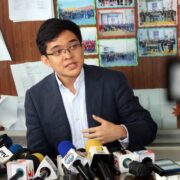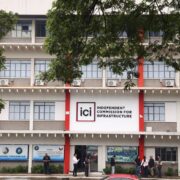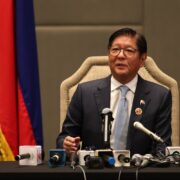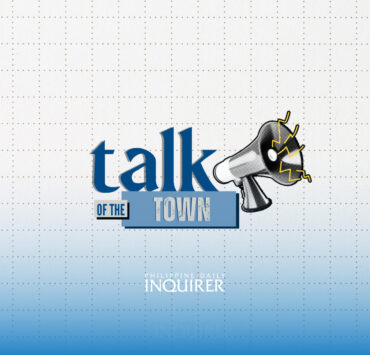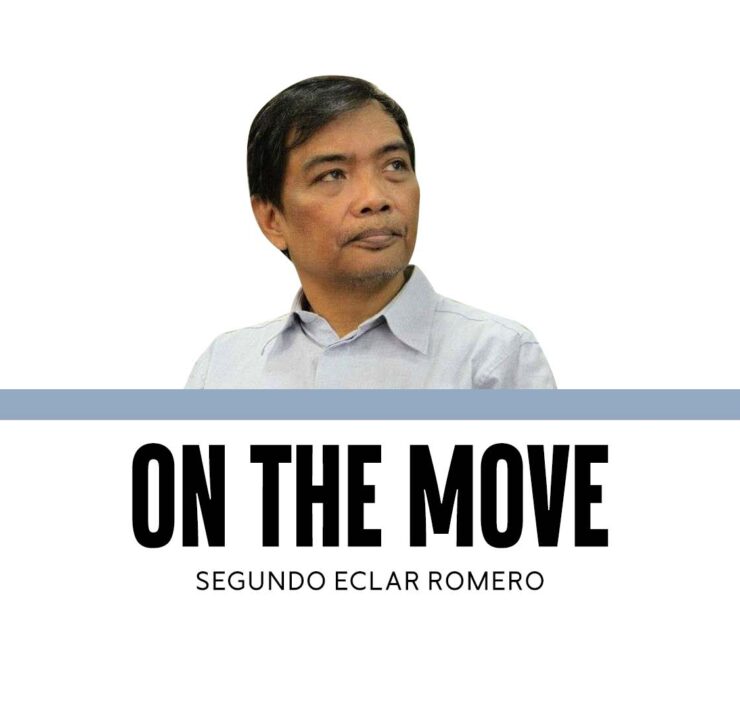Boundary disputes stymie local planning
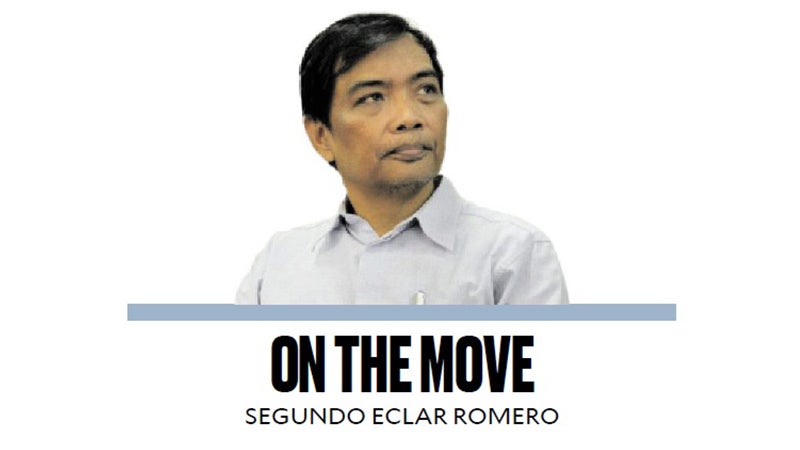
Last Saturday, I spoke on “Mainstreaming Science, Technology, and Innovation in Local Development Plans” before a hundred local government officials and planners from various municipalities across all the provinces of Central Luzon. This forum held in San Fernando, Pampanga, was part of the Innovation, Science, and Technology for Accelerating Regional Technology-based Development (iSTART) program of the Department of Science and Technology (DOST) Region 3.
The first point of my talk was the need to put local development plans in the context of the larger Central Luzon region as an integral landscape using ridge-to-reef or river basin scale of planning. This drew from the work of Future Earth Philippines over the past two years in helping local governments in Bulacan and Pampanga, together with national government agencies, state colleges and universities, and other resource institutions to understand and resolve the perennial and persistent flooding in several towns in these provinces.
While many adaptive and mitigation actions were being taken at household, neighborhood, and municipal levels, the larger impacts of the Mount Pinatubo eruption in 1991 and the intrusion of seawater from Manila Bay rendered these actions largely ineffective because they were poorly coordinated, often working at cross-purposes, and were not designed for the landscape level situation.
The second point of my talk was to emphasize that local development plans must be grounded on participatory processes by which the needs and expectations of the local people are inventoried, interconnected, and prioritized as to importance and urgency. This task requires “registry” thinking, much like the way the Pantawid Pamilyang Pilipino Program expands and perfects its list of target beneficiaries.
This needs to be done as well for other government programs—listing individuals and families needing and entitled to public goods and services in the areas of shelter and living space, mobility and access, social services, disaster risk safety nets, community governance, and integration with larger governance and development systems. Government projects, programs, and activities must shift from input and process indicators to outcome and development indicators. Government action should be less supply-side oriented and more demand-side oriented.
I then proceeded to identify ways to integrate science, technology, and innovation (STI) into local comprehensive and land use plans, including the following:
Data-driven planning. This refers to the use of geographic information systems, remote sensing, and big data analytics for informed decision-making. For example, flood-prone areas can be mapped and targeted mitigation strategies developed.
Smart infrastructure. Smart technologies must be implemented for effective service delivery and efficient resource management. This is particularly helpful in land registration, business licensing, assessment and taxation, health and educational services, disaster risk reduction and management, public order and safety, and in traffic management systems to reduce congestion.
E-governance platforms. This will enhance transparency, accountability, and citizen participation through online platforms. Municipalities should create online portals for citizen feedback and participation in decision-making.
Digital inclusion. Bridge the digital divide by providing access to technology and digital literacy training. Municipalities can provide free Wi-Fi access in public spaces such as community e-centers that operate and provide more meaningful informational and cultural functionality than internet cafés.
Innovation hubs. Establish hubs to foster collaboration and knowledge exchange among stakeholders, especially universities, enterprises, government agencies, and communities.
Capacity-building. Invest in training and development programs to enhance skills and knowledge in STI. Offer training on sustainable agriculture and renewable energy technologies in partnership with state colleges and universities and the business sector.
In the open forum, I realized that, in the minds of the audience, there were far more basic problems that must be attended to before attempting to infuse science, technology, and innovation into local development plans. The most important and prevalent of these problems is that of boundary disputes between local government units involving barangays, municipalities, cities, and even provinces.
Indeed, why talk of STI when the very boundaries of local government units are unsettled and continue to perennially impede and irritate the local development planning processes? Unsettled boundaries create uncertainty for local government units (LGUs), hindering their ability to make long-term plans for infrastructure, zoning, and resource management. Boundary disputes can also deter investors due to the legal and financial risks associated with contested territories.
The message is clear: Let’s help LGUs resolve their boundary disputes before we tweak how they formulate their local development plans.
—————-
doyromero@gmail.com


